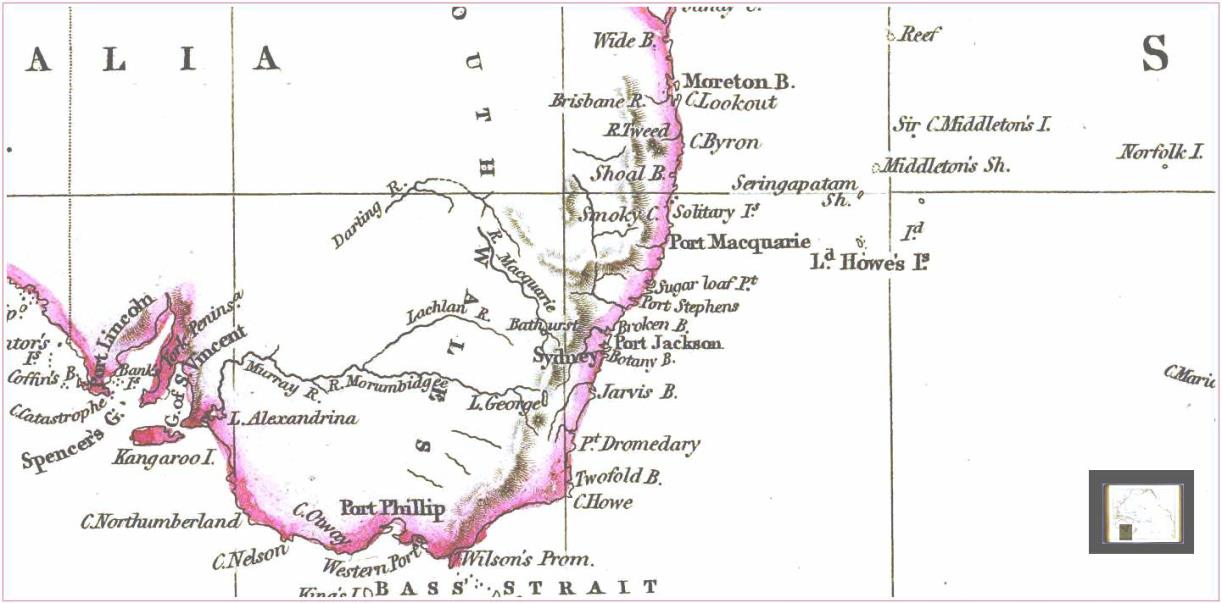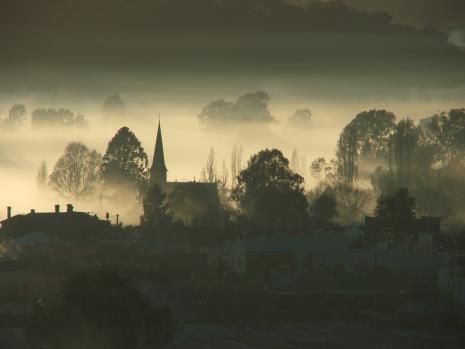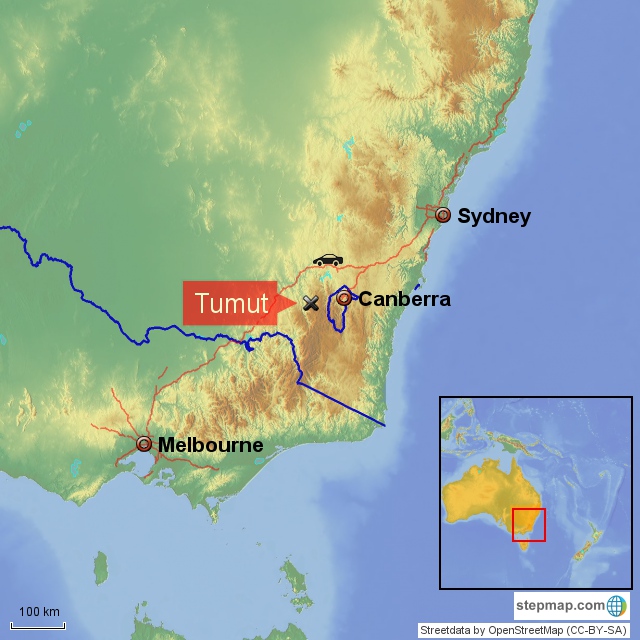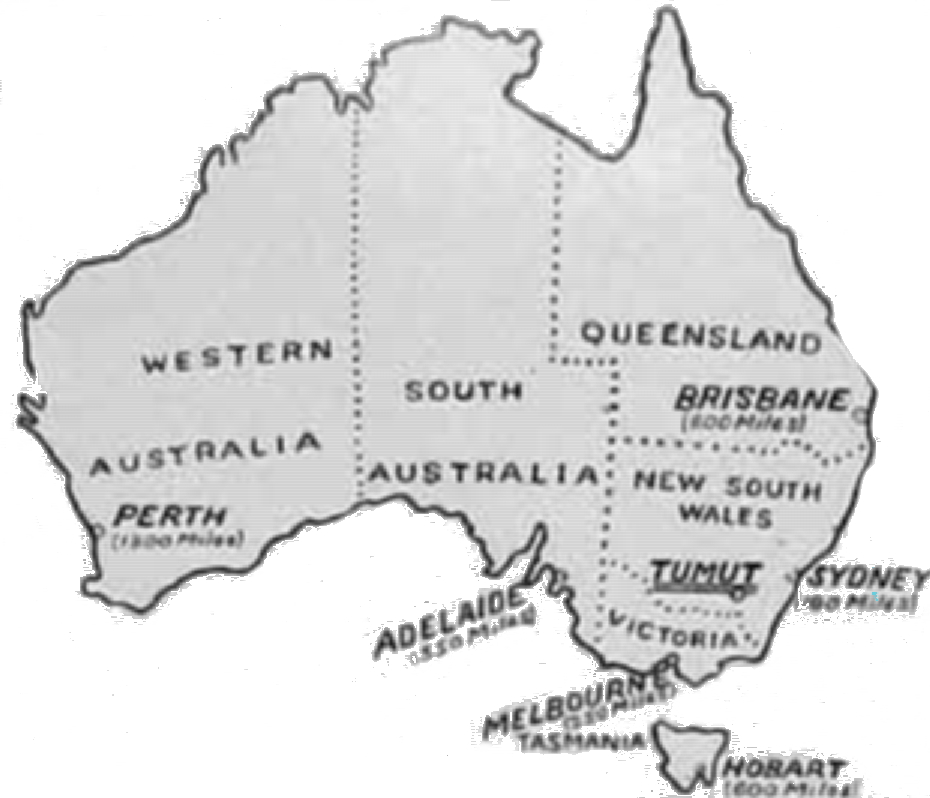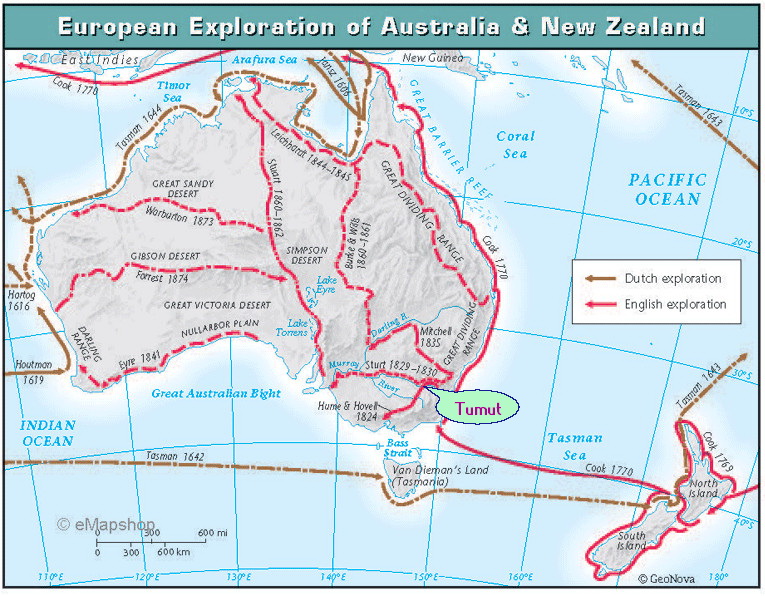The Old Newspapers
When reading the old newspaper articles on this site you may be puzzled by some words. Some are explained here.
- proximo = something that may occur in the future.
- Inst = a date earlier in the current month (but be aware the article may be a reprint so check the date of writing).
- ultimo = something that occurred last month (but be aware the article may be a reprint) and, to confuse things, in some newspapers ultimo may mean something that occurred 2 months ago.
Error alert
Many old newspapers report the first settler at Mingay (at the junction of the Murrumbidgee and Tumut Rivers) as being Benjamin Warby.
However, this information apears to be the perpetuation of a mistake made by James Gormly in a widely reported speech he made in 1906 (James never attempted to correct the mistake).
Ben Warby was the brother of the real first settler - William Warby.
Even the later sale of Mingay by William to Benjamin is doubtful as the "sale" of the land may have been fraudulant (as was the "sale" of everything on the property).
